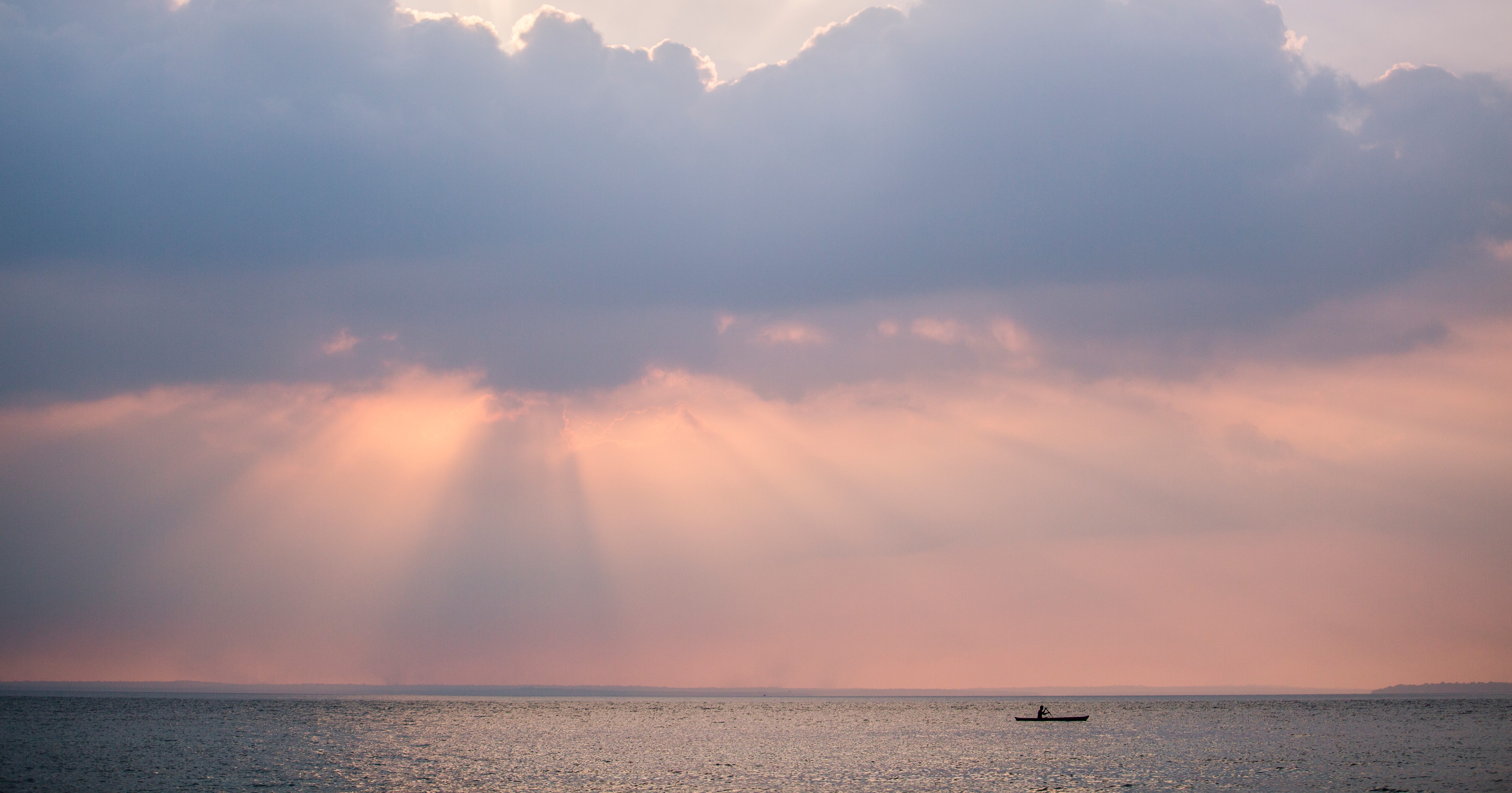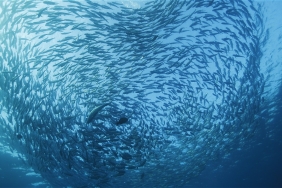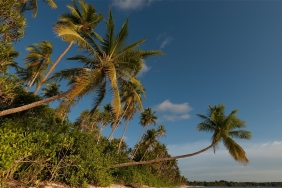KEI BESAR 2ND EXPEDITION : THE PECULIAR ‘OHOI’S
By Nara Wisesa
Our last expedition in November has now been processed into a report by UNPATTI. It has been written before regarding the management system, and now let us explain each of the six ohoi (village) that were visited by the team:
1. Ohoi Werka
The tradition and customary in this ohoi is quite strong due to its status of ‘ohoi raat’ or the village of the king. This ohoi lead the traditional territory of Lor Lobaay. During our visit in Werka, the sasi law was enacted on the intertidal area located in front of the ohoi. As an alternative, an initiative from a resident resulting in the increasing availability of other job opportunities in offshore fisheries using bagan. This activity is conducted outside of the meti area so sasi does not come into effect.
2. Ohoi Ler Ohoilim
The sasi has been long unused in this ohoi except for one time when the beach’s sand suffered from sand mining, causing a severe abration. Thanks to the sand sasi, the current condition has been restored. This beautiful beach is a big potential for the people in Ler Ohoilim to be a magnet for main tourists attraction in Kei Besar. Ler Ohoilim also has a pearl cultivation run by a private company.
3. Ohoi Nerong
What is so special from this ohoi is their commercial seaweed cultivation, which gained a support from the local Marine and Fisheries Department. As a result, most of the people in Nerong became seaweed farmers, whereas similar activities in Werka and Ler Ohoilim has not been successful. Aside from that, Nerong is also unique for its coastal area which is dominated by mangroves. When the team had the chance to visit Nerong, the sasi on sea cucumber (Holothuroidea) and sea snail (Trochusniloticus) is recently enacted again after 2006.
4. Ohoi Sather
Sather is located on the eastern part of South Kei Besar and is one of the biggest ohoi in the area. The myth from this ohoi is about a group of fish which could always be found all year round, leading to the possibility of the existence of breeding grounds in the area. This theory has been supported by the team’s result, where they claimed to see various number of fish schooling around Ohoi Sather.
5. Ohoi Banda Eli
The ohoi of Banda Eli is dominated by immigrants from Banda Island. As a result, the tradition, customary and the dialect of this ohoi is slightly different than their neighboring ohoi in Kei Besar. Banda Eli is famously known as a center of pottery and ‘emas kei’ or Kei’s gold (a kind of amalgam alloy used for jewelry in Kei). The coastal area of this ohoi lacks mangroves due to the clearing done by the elders a long time ago in order to eradicate enemy’s hiding place when the war between the tribes occurred.
6. Ohoi Watlaar
Ohoi Watlaar is an Ohoi Raat, but since the death of the late king, this ohoi has faced regeneration along the way. During our stay in Watlaar, the sasi on sea snail, batulaga (a kind of abalone) and sea cucumber has been enacted for as long as four years. Although the size and the population of those marine biotas is sufficient for the people to collect, but the sasi has not been opened yet because the market price is still below the expectation. According to the local people, once the sasi is opened, the sales from the marine biotas will be divided evenly throughout the ohoi, whereas the sea snail’s and batu laga’s meat is allowed to be eaten by the divers who collect them.
Translated by Imanda Pradana





